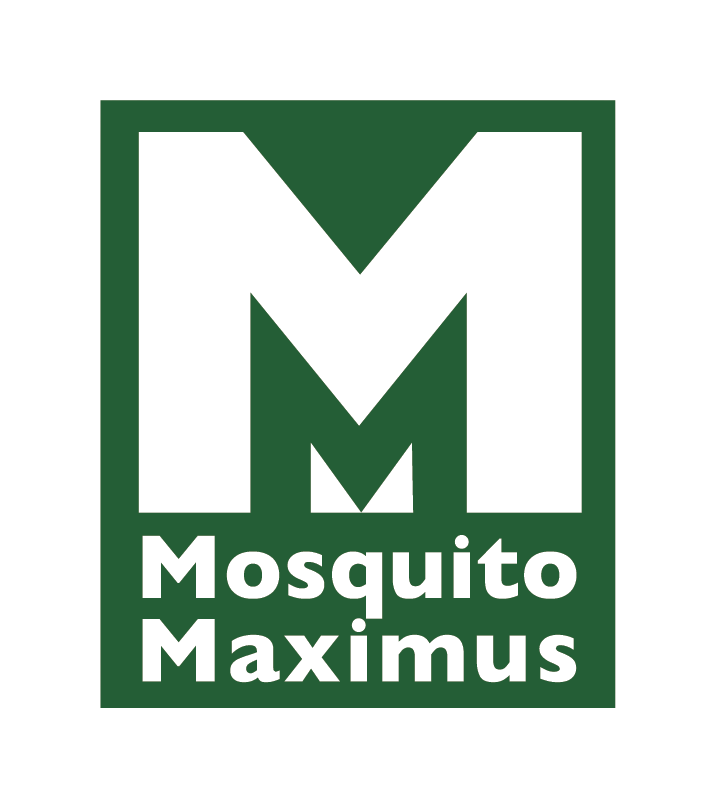Wisconsin and Minnesota possess a variety of mosquitoes and other insects that are not only a nuisance, but can carry diseases.
COMMON MOSQUITO SPECIES
- Aedes vexans is probably the most common pest species in our area from late spring through late fall. This mosquito’s larvae can be found in puddles, ditches, shallow pools and river/stream bottoms. There larvae can survive for several years until a ‘flooding’ occurs which allows the development of pupa and, eventually, adult mosquitoes. This type of mosquito is known to sometimes be a vector for dog heartworm.
- Aedes triseriatus is also known as the ‘tree-hole’ mosquito because it breeds in tree holes, stumps, old tires, cans, etc. Females will feed during the day, but stay close to woods or other protected sites such as tires and old cans. This species is the main vector of La Crosse encephalitis.
- Culex pipiens breed in temporary pools of water that possess high levels of organic material. Their eggs are commonly in ditches and sewage lagoons. These mosquitoes are associated with West Nile Virus and St. Louis encephalitis.
TICKS
Tick-borne diseases are not uncommon in this area. Lyme Disease is of particular concern and is associated with our own deer ticks. Ticks are difficult to control due to their hardiness as well as their reproduction cycles. Therefore, tick control treatments are needed at different times of the spring and fall to eradicate these insects more effectively. All of our spray treatments will reduce tick population in your yard.
Mosquito Maximus cares about you, your family, and your pets. You can get more information about insect-borne illnesses and related health information from the Centers for Disease Control and Prevention website (Search tip: ‘tick-borne diseases’ or ‘mosquito-borne diseases)
Learn about risk Factors Here:
- www.cdc.gov/lac/ – Info about La Crosse encephalitis
- www.cdc.gov/westnile/index.html – Info about West Nile Virus
- www.cdc.gov/sle/ – Info about St. Louis encephalitis
- www.cdc.gov/lyme/index.html – Info about Lyme Disease
- www.cdc.gov/parasites/dirofilariasis/ – Info about Dog Heartworm
